1960s architecture
Architecture of the 1960s is often referred to as the Post Modern era. During the 60s the conflict between The Establishment and individual identity and self expression affected architecture as it did nearly all things. In public structures and private housing of the affluent, architecture of the 60s was moving away from long held rules...Use of space age technology, real and envisioned, coupled with the new concepts of complex architecture, led the way toward environmentally and ecologically focused design.
Changing Trends In Architecture, 1960s To 70s
When I look at 1960s architecture, I get this indescribable sense of nostalgia but at the same time it's like looking at something way after my time - but how can someone feel nostalgic about the future? Then I get goosebumps. Especially if you see it right in front of you, it's a strange feeling. I went to the Verner Panthon exhibition with Sofia last year, purely by accident, because it was next to the Christian Lacroix exhibition at the museum. (and it was free.) It was the first time i've seen an architecture and interior design exhibition, and there was this sense of timelessness when I walked through the exhibition.
Verner Panthon is one of the great representatives for 1960s architecture, and I have to say that the style of architecture then is my favourite. They're unmistakable. Those buildings seem to live in their own time-bubble, until the government decides to tear it down, like what they did to Futura, the second condominium built in Singapore. Now it's gone. (photos below the cut)
I guess some people might call it brutalist architecture but most of the brutalist architecture give off a depressing vibe. The type of architecture that i like from the 1960s is more tastefully elegant than just angular concrete.
I really shouldn't ramble on about something i'm not an expert in, so i'll let a bunch of photos do the talking.

Verner Panton's Hasenrain apartment in Basle - 1964-1972
-~-
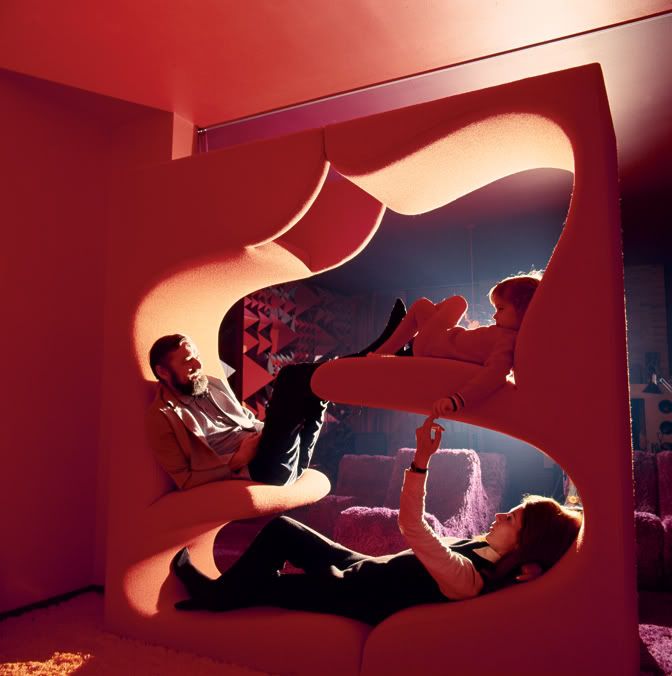
also Verner Panton's apartment in Basle, it was where he tested out his designs and was a showroom for clients.
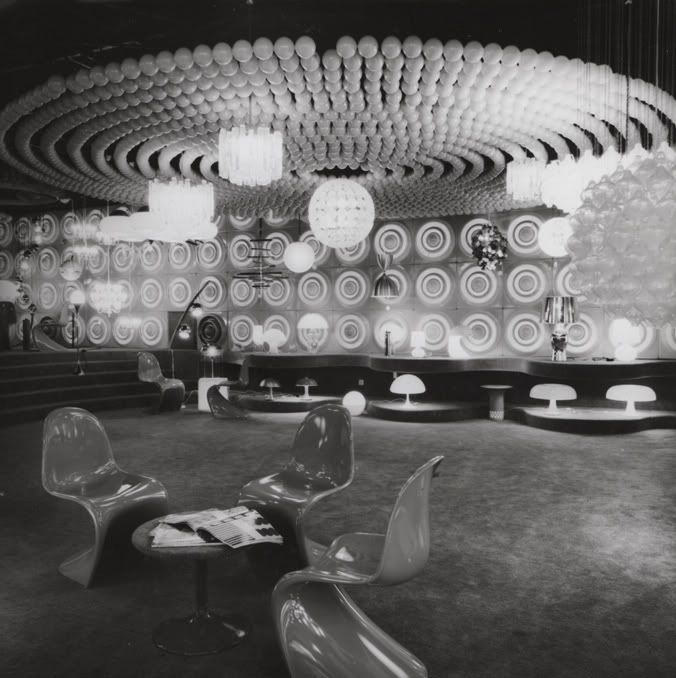
Prediger furniture store in Hamburg - 1970
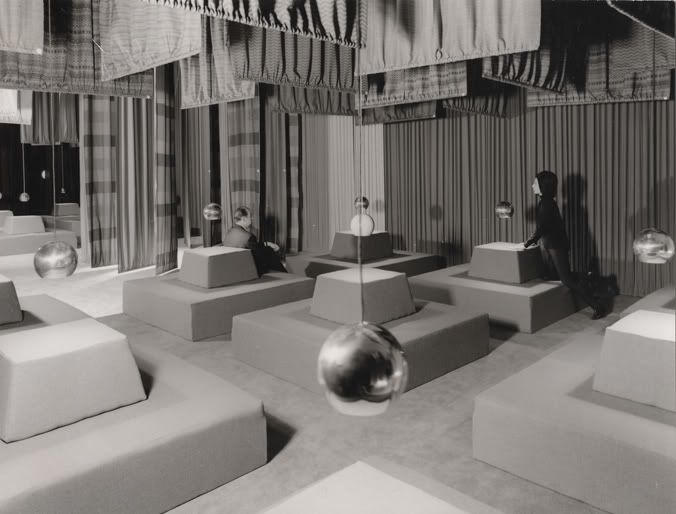
Exhibition at "Deutscher Textilverband", Munich - 1966
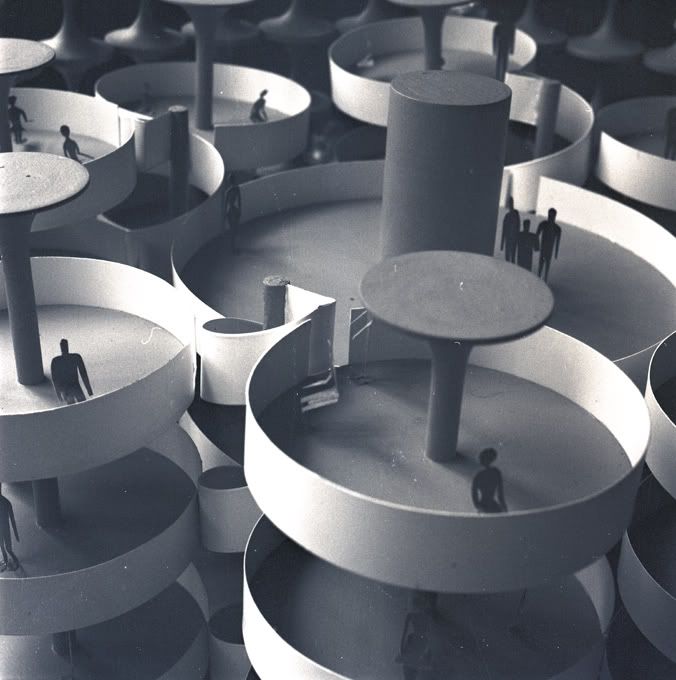
Design of Administration building for the company Sommer in Plüderhausen - 1964
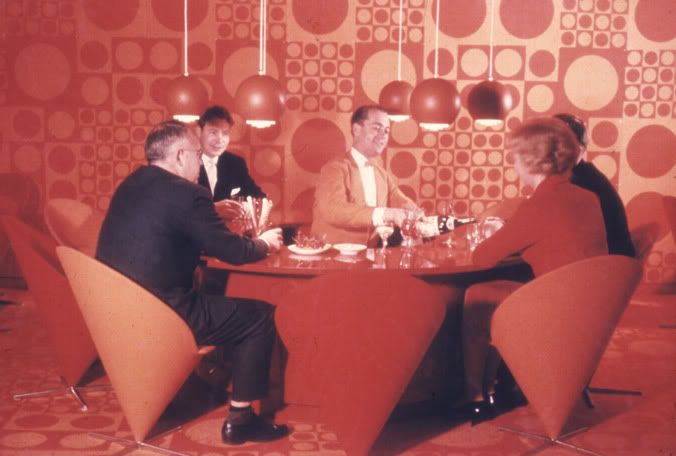
The Astoria hotel and restaurant in Trondheim, Norway - 1960
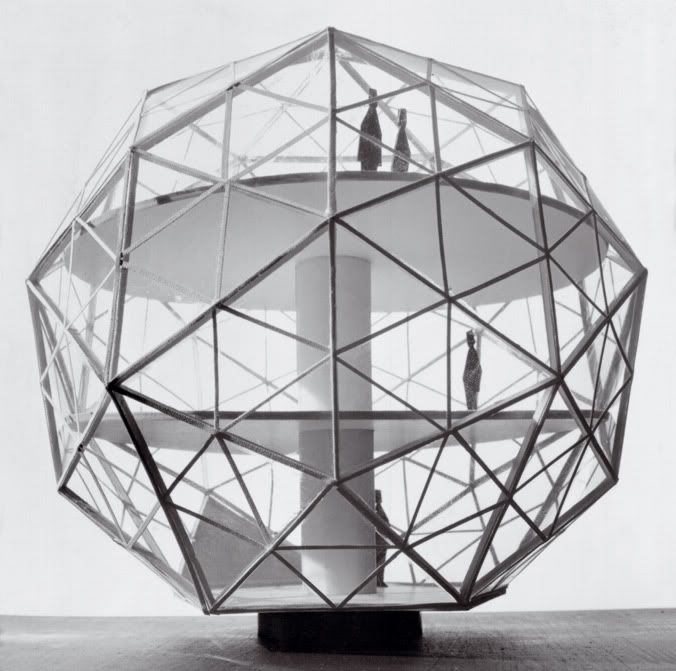
Spherical House - 1960
More of Verner Panthon's work can be found here.
This is Futura, which i mentioned earlier.
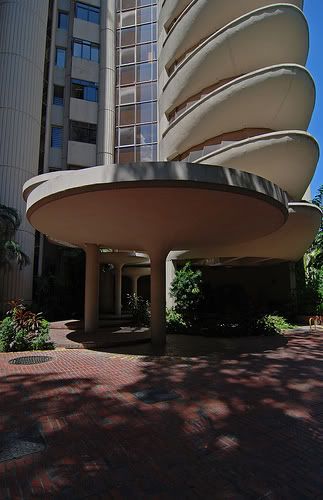
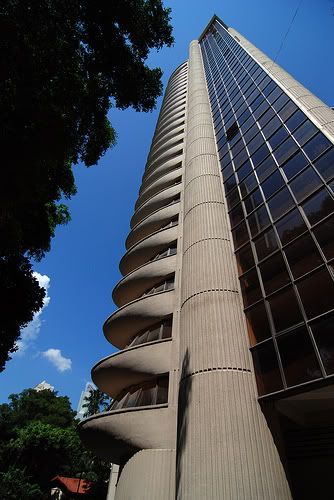
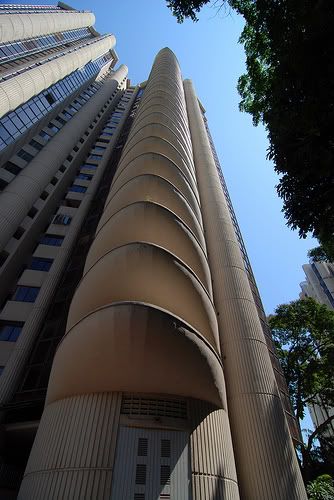
There's this brilliant photo of the penthouse apartment with a sunken carpeted floor forming a round seating area that takes up the entire oval-balcony feature. the brown-tinted windows look out on the city below. But i can't find the photo online, I only saw it in a magazine...
There are a couple of older houses left in Singapore that have a hint of the 1960s. I spotted Novotel at Clarke Quay having a bit of that influence.

This is a house in Frimley, Surrey. the outside is the original design from the 1960s, but the inside has been refurbished.
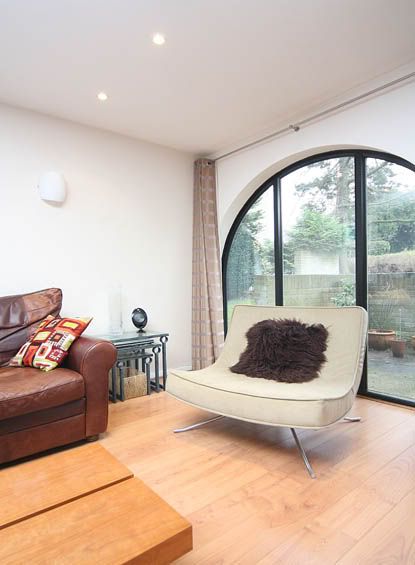
There's still a bit of that 1960s charm with the round windows, even with modern
furnishings.
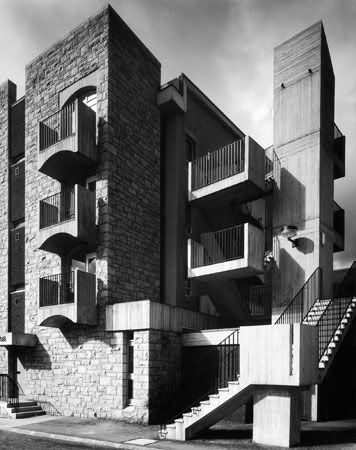
Canongate Flats - Edinburgh. In April 1959 Basil Spence & Partners were contracted by the City of Edinburgh Corporation to design a housing development towards the bottom of the Royal Mile.
'The outcome is modern in appearance but in a scale and design appropriate to the Old Town' - exactly.
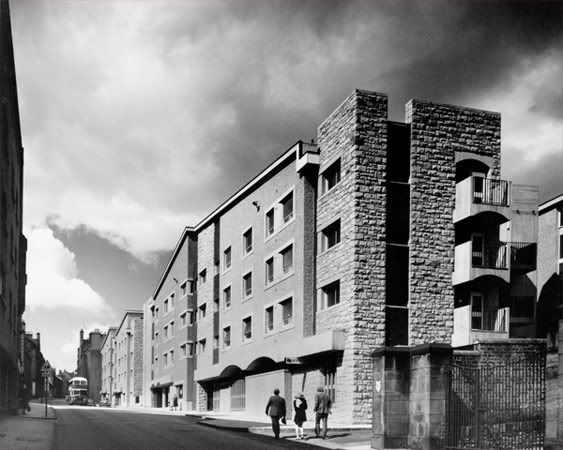
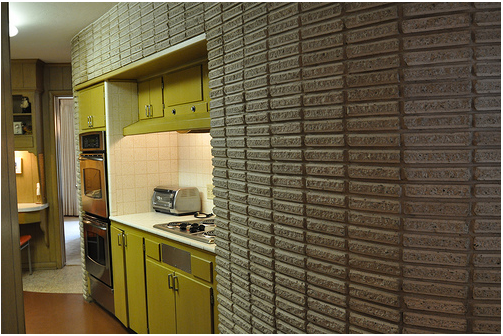
'1961 mid-century time warp house' - found on Flickr.
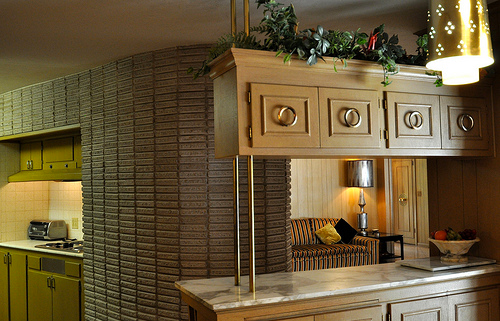
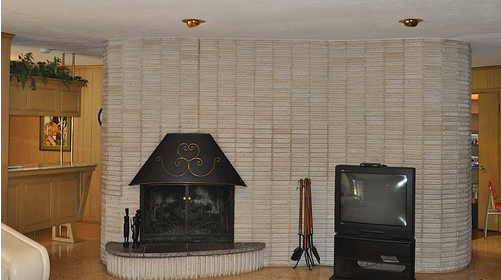
The centre wall is shaped like an amoeba, and on the other side is the kitchen in the photo before this.

Moshe Safdie. Habitat '67 - Montreal, Canada, 1967.
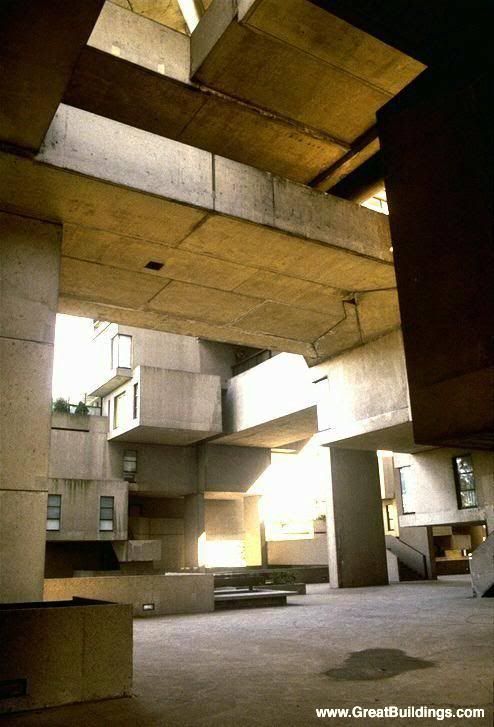
open space among the modules. Doesn't this remind you of Jerome Morrow's house in Gattaca? In fact most of the buildings in Gattaca are real buildings from the brutalist period.
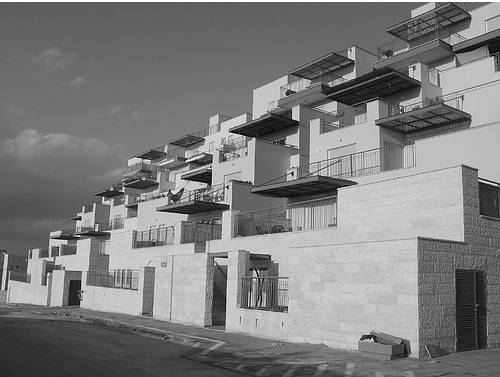
Moshe Safdie also planned the city of Modi'in in Israel.

all the buildings are similar in the city. It must be like living in Brave New World. That's exactly how i feel about 1960s architecture. It's beautiful and nostalgic, but I wouldn't like to live in such a house. It would be like being trapped in mental hell. You're in 'the future' but at the same time it's a stagnant sort of future.
I don't know what is it about these places - I love looking at the beauty of the lines and curves, but at the same time i'm repulsed by the monotony...It's like a time capsule. It'll never happen again, and even if it resurfaces, it wouldn't be the same. Gives me the chills every time.
Hope you enjoyed this post! :)
p.s.: If you didn't know, Moshe Safdie is the architect for Marina Bay Sands in Singapore! Some people say it's shit, but I stand by my view that it's not that bad, especially when you look at the way the rooms go up from the ground floor of the hotel.